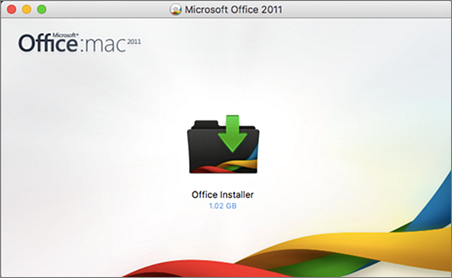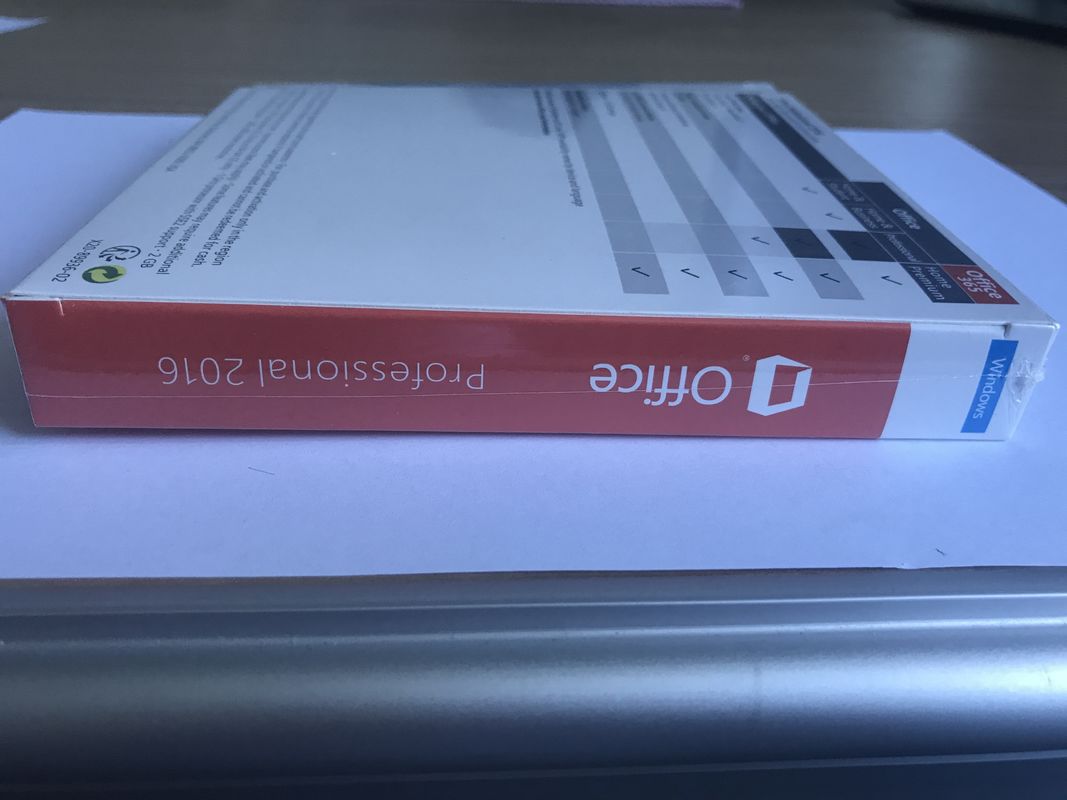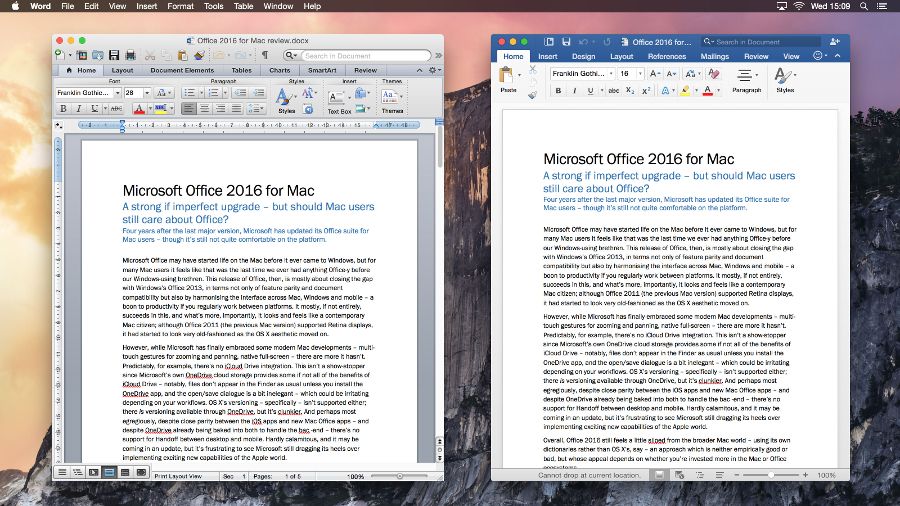Microsoft Office For Mac 2011 Versus 2016
- Microsoft Office For Mac 2011 Versus 2016 Ford
- Microsoft Office For Mac 2011 Versus 2016 Chevy
- Microsoft Office For Mac 2011 Versus 2016 Ford
- Microsoft Office 2016 Download
Today’s post was written by Kirk Koenigsbauer, corporate vice president for the Office Client Applications and Services team.
Today we are taking a big step forward for Mac® users—Office 2016 for Mac is now available in 139 countries and 16 languages. Based on feedback from the great Mac Office community, we’ve made major updates to each of the apps, and we couldn’t be more pleased to deliver it first to our Office 365 customers.
- Mar 13, 2012 Overall, it is a nice upgrade to go from 2008 to 2011, especially if you spend time on Windows version of Office, since the two are more similar and the transition is easier. But, and this is a big BUT, overall office 2011 lacks a lot of functions over the Windows version and is rather buggy.
- Jun 01, 2013 At the time of updating this page, Microsoft Office 2019 is the current version for both Windows and Mac. Office 2016 is the older versions for Windows and Mac respectively. Office 2016 and some older versions still have millions of users who have not upgraded to Office 2019 or Office 365 yet.
- Aug 26, 2016 Microsoft Office 2016 for the Mac is the kind of upgrade I hope for but rarely get. It took five years from Office 2011's release to get this latest Mac office suite, but it was well worth the wait.
Unmistakably Office, designed for Mac
The new versions of Word, Excel, PowerPoint, Outlook and OneNote provide the best of both worlds for Mac users—the familiar Office experience paired with the best of Mac.
If you already use Office on a PC or iPad, you will find yourself right at home in Office 2016 for Mac. It works the way you expect, with the familiar ribbon interface and powerful task panes. Mac users will appreciate the modernized Office experience and the integration of Mac capabilities like Full Screen view and Multi-TouchTM gestures. With full Retina® display support, your Office documents look sharper and more vibrant than ever.
You can help protect yourself from scammers by verifying that the contact is a Microsoft Agent or Microsoft Employee. Upgrading from Office for Mac 2011 to 2016 on. Microsoft Office 2016 For Mac Free Download Full Version in a single fast link. It is an offline installer of complete MS Office 2016 for Mac OS. Microsoft Office 2016 Overview. The tech company has released Office 2016?s three traditional editions for Mac that include Home &.
Office for Mac is cloud-connected, so you can quickly get to the documents you’ve recently used on other devices and pick up where you left off. New, built-in document sharing tools make it easy to invite teammates to work on a document together. When sharing documents, you won’t have to worry about losing content or formatting, as Office for Mac offers unparalleled compatibility with Office on PCs, tablets, phones and online.
Five modern, first-class applications
Word for Mac—Word’s powerful writing and reviewing tools make it easy to create great-looking documents. The new Design tab lets you easily apply designer-quality layouts, colors and fonts throughout your document. You can work on the same document simultaneously with your teammates and use threaded comments to have a conversation right next to the corresponding text.
Excel for Mac—The new Excel for Mac helps you visualize your information by recommending charts best suited for your data with chart previews. Familiar keyboard shortcuts, autocomplete and an improved formula builder save you time when creating spreadsheets or entering data. For deeper analysis, new PivotTable Slicers help you filter large volumes of data and discover patterns.
PowerPoint for Mac—PowerPoint’s improved Presenter View gives you full control when you present by showing you the current slide, next slide, speaker notes and a timer on your Mac screen, while the audience only sees your presentation on the big screen. The new animation pane helps you design and fine-tune animations, and the latest set of slide transitions add polish to your presentations.
Outlook for Mac—Managing your email, calendar, contacts and tasks has never been easier. The new Outlook for Mac has push mail support so your inbox is always up-to-date. The improved conversation view automatically organizes your inbox around threaded conversations, so you won’t have to hunt for related messages. And the new message preview shows you the first sentence of an email just below the subject line so you can quickly decide if you want to read it now or come back later.
OneNote for Mac—OneNote is the newest addition to Office for Mac. You can capture your ideas in digital notebooks and access them on any device. Find things quickly with the OneNote search engine that tracks your tags, indexes your typed notes and recognizes text in images and handwritten notes. Bold, italicize, underline or highlight notes, insert files, pictures and tables and organize your notes however you want. You can also share notebooks with friends, family or colleagues so everyone can work together on travel plans, household tasks or work projects.
Made better by Mac users
The customer participation in our Office for Mac preview since its launch in March exceeded our expectations, making it our largest Office for Mac beta ever. Many thanks to everyone who participated in the preview program and helped us improve the product.
Mac preview participants provided us with over 100,000 pieces of feedback. Based on this feedback, we released seven updates in four months with significant improvements in performance and stability. We also added features like improved Mail Merge in Word, Propose New Time in Outlook and support for External Data Connections in Excel.
And the best news is that Office for Mac will continue to see ongoing improvements over time. We plan to release updates and new features for Office 365 customers at least once per quarter.
Available today for Office 365 customers

Office 365 subscribers can get the newest version of Office for Mac today. All you need is an Office 365 subscription (Office 365 Home, Personal, Business, Business Premium, E3 or ProPlus), which includes the rights and access to use Office applications on Mac, Windows, iOS and Android devices, along with additional value in OneDrive and Skype.
Here are a few different ways to get Office 2016 for Mac today:
- Already an Office 365 customer? On your Mac, just browse to your account page (office.com/myaccount), sign in and follow the installation instructions. If you have Office 365 through your organization, go to portal.office.com/OLS/MySoftware.aspx.
- Are you a student? You may get Office 2016 for Mac for free or at a substantial discount. It takes only 30 seconds to find out at office.com/student.
- Otherwise, go to office.com/mac or buy an Office 365 subscription at your local retailer.
Office 2016 for Mac will become available as a one-time purchase option this September.
We hope you’re as excited as we are about the new Office for Mac. It’s one of many important releases this summer where we are improving the Office experience across devices and platforms. We released Word, Excel and PowerPoint for Android phones just two weeks ago, which join Outlook and OneNote for Android phones, and we are just weeks away from delivering Office Mobile apps for Windows 10.
Please keep sending us your feedback and suggestions, and we will continue to improve your Office experience.
—Kirk Koenigsbauer
*Apple, Mac, Retina and Multi-Touch are registered trademarks of Apple Inc.
-->Note
Office 365 ProPlus is being renamed to Microsoft 365 Apps for enterprise. For more information about this change, read this blog post.
 All of your Office for Mac 2011 apps will continue to function.
All of your Office for Mac 2011 apps will continue to function.
Symptoms
While using Word for Mac one or more Toolbars are missing and cannot be added.
Cause
This behavior can be caused by one of these things:
- The oval button in the upper-right corner of the document was clicked. This button 'toggles' display of toolbars on and off.
- There is an issue with the Normal template in Word.
- The toolbars or menus are modified.

Resolution
To resolve this problem, try the following methods.
Method 1: Make sure that tool bar display is not turned off
In the upper-right corner of the window click the oval button.
Note
When this button is clicked, it hides all the toolbars. A second click causes the toolbars to be displayed.
If the toolbars reappear, quit, and then restart Word to make sure that the appropriate toolbars are displayed.
If Method 1 did not resolve the problem, try Method 2.
Method 2: Reset the toolbars and menus in Word
You can reset the toolbars and menus in the Customize Toolbars and Menus option, any saved customization is removed, and all settings are reverted to the original default settings.
- Open Word.
- Go to View in the menu.
- Choose Toolbars.
- Select Customize Toolbars and Menus.
- Select Toolbars and Menus in the top of the Customize Toolbars and Menus window.
- Select the item in the list you want to reset (Menu Bar, Standard, Formatting).
- Click Reset.
- Click OK when getting prompt: 'Are you sure you want to reset the changes made..'
- Click OK.
Note
When View is missing from the menu, then you can also Control Click the Standard Toolbar and go to Customize Toolbars and Menus here.
If Method 2 did not resolve the problem, try Method 3.
Method 3: Create a new Normal template Note
When a new Normal template is created, any saved customization is removed, and all settings are reverted to the original default settings.
Step 1: Quit all programs
To quit active applications, follow these steps:
On the Apple menu, click Force Quit.
Select an application in the 'Force Quit Applications' window.
Click Force Quit.
Repeat the previous steps until you quit all active applications.
Warning
When an application is force quit, any unsaved changes to open documents are not saved.
Microsoft Office For Mac 2011 Versus 2016 Ford
When you are finished, click the red button in the upper-left corner and proceed to Step 2.
Step 2: Word 2008 and 2011: Move the Normal.dotm template file to the Trash
- Quit all Microsoft Office applications.
- On the Go menu, click Home.
- Open Library.
Note
The Library folder is hidden in MAC OS X Lion. To display this folder, hold down the OPTION key while you click the Go menu.
- Select the Application Support folder.
- Select the Microsoft folder.
- Open the Office folder.
- Open the User Templates folder.
- Move Normal.dotm to the Trash.
- Start Word, a new Normal.dotm template will be created when you choose Quit Word in the Word menu.
Microsoft Office For Mac 2011 Versus 2016 Chevy
Note
When you had Word 2004 on your Mac previously and you now have Word 2008 or Word 2011, also check if the Word 2004 Normal file is present on the system, if so, trash this Normal template file as well.
Microsoft Office For Mac 2011 Versus 2016 Ford
Step 3: Word 2004: Move the Normal template file to the Trash
Microsoft Office 2016 Download
- Quit all Microsoft Office applications.
- On the Go menu, click Home.
- Select the Documents folder.
- Select the **Microsoft User Data **folder.
- Move Normal to the Trash.
- Start Word, a new Normal template will be created when you choose Quit Word in the Word menu.